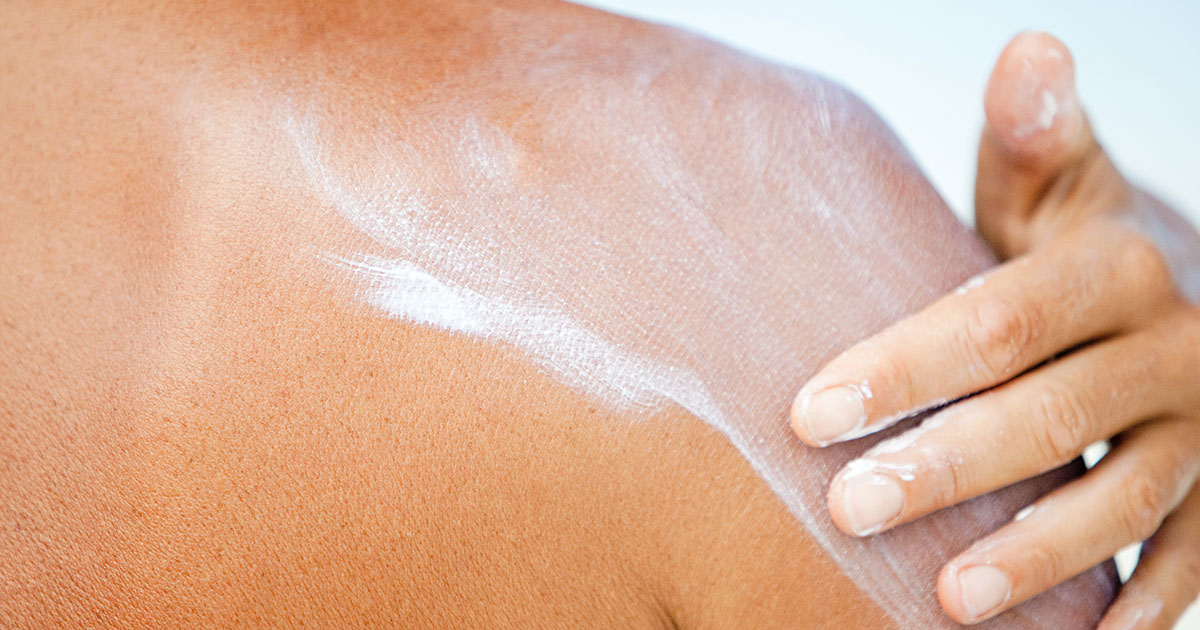Saving Face For The Summer
Nothing beats a day at the beach, pool, or park in the summer. But nothing is worse than summer sunburn. Luckily, there are easy solutions that you can use to enjoy those sunny summer days wherever you are. Saving Face For The Summer is the bedst way to enjoy the summer safely.
Choosing The Best Sunscreen
Whatever the destination, you’re ready to seize the day! You just have to choose the right sunscreen.
But as you scan the sunscreen aisle, your excitement hits a speed bump. What’s all this unfamiliar lingo on the labels? Should you pull out your phone to search the Internet?
Don’t let sunscreen selection slow down your summer adventures. This handy cheat sheet makes it easy to decipher labels and choose the best sunscreen for your needs.
What’s the big deal about broad spectrum?
It’S BETTER FOR YOU. The American Academy of Dermatology recommends that everyone wear a broad-spectrum, water-resistant sunscreen with a Sun Protection Factor (SPF) of at least 30.
Only broad-spectrum sunscreen offers protection from both UVB sun rays, which can cause redness and burning and UVA rays, which can cause skin cancer and premature skin aging.
Are no chemical sunscreens better?
YES. Research suggests that some chemical sunscreens, such as oxybenzone and octyl methoxycinnamate, can mimic hormones. Some ingredients in chemical sunscreens are also toxic to aquatic life in oceans, rivers, and lakes.
Physical sunblocks reflect rays with minerals such as titanium dioxide and zinc oxide. These sunscreens sit on top of the skin, so they work immediately. Chemical sunscreens protect skin by absorbing the sun’s rays. They do this by actually seeping within the skin, which is why you’re supposed to apply them 20 minutes before sun exposure.
What should I buy?
SOLUTION:








